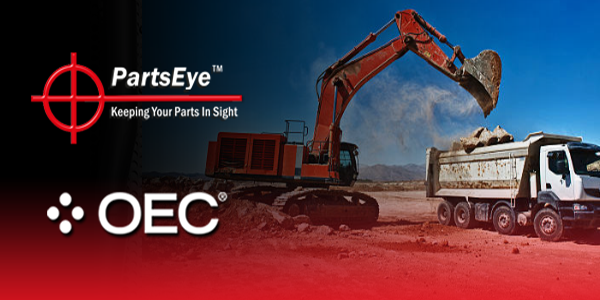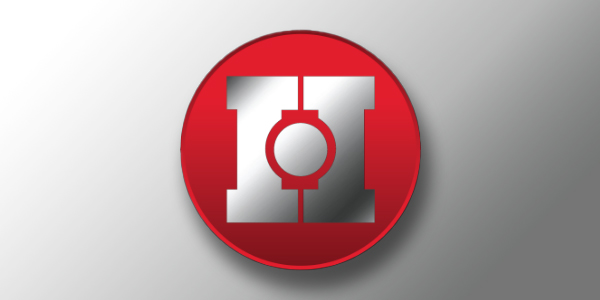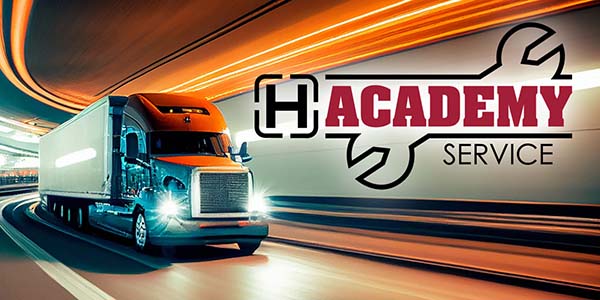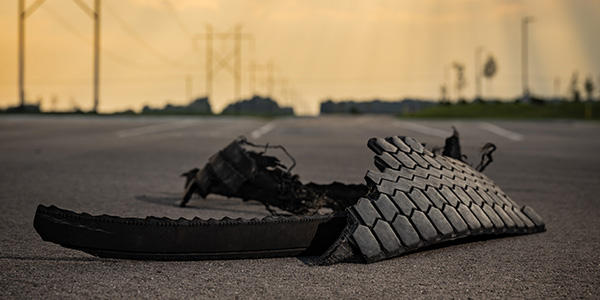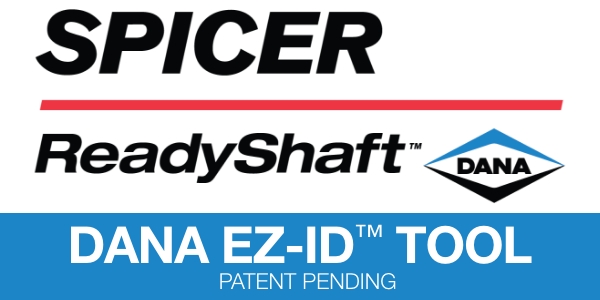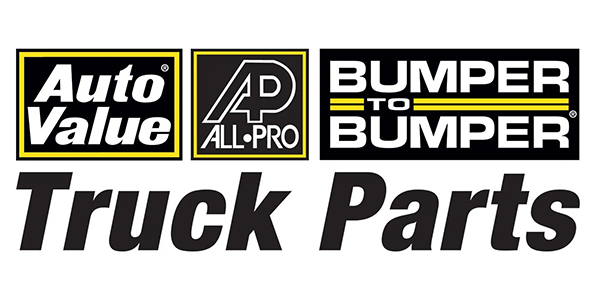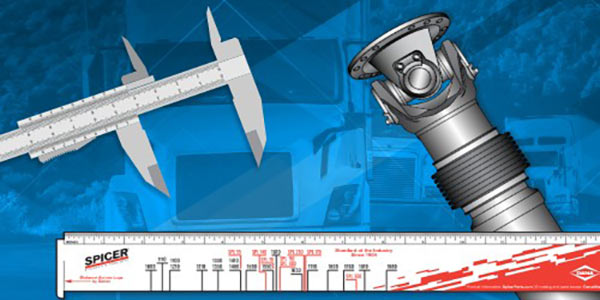The parts department is a busy, even chaotic place. There is never a shortage of things to worry about or issues to monitor. You got parts sales, team performance, deciding whether or not to eat your lunch while standing at your desk because, as you know, the parts business doesn’t take lunch breaks.
Speaking of things that keep you busy or preoccupied? Your inventory. Specifically, though, your inventory planning. You likely obsess over keeping the right parts in stock and available. You’re in good company, too. Parts managers and parts teams across the country are obsessing over this exact same process.
Not only are you in good company, but you’re also worried about the right thing too. When it comes to your inventory, having the right parts available helps keep customers happy and lets your dealership stay in good standing with buyers.
But that’s not all.
Operating with an optimized inventory generates (and increases) your profitability, but there’s more – much more, in fact. Stocking the right parts and making sure they’re available to your customers saves on returns-handling, lowers your overhead, spacing issues and physical constraints.
One way to deliver these key benefits is to know what parts are selling. It sounds obvious but most parts managers know that the obvious answer can still be challenging to solve for. Fortunately, there are tools and technology available to make this process less of a challenge and can even turn the process into a benefit for your parts department.
Online Retail Inventory Management (RIM) solutions create optimal stock orders and help ensure the parts customers need are in stock and at the dealership when your buyers need them.
RIM solutions, like PartsEye, allow for daily optimized stock orders based on the actual sales demand and inventory. This removes “guesstimating” from the process and allows the inventory management process to be smoother, smarter and more profitable. Plus those spacing issues and physical constraints become less of a concern when, for example, 98% of PartsEye suggested orders sell within nine months.
By making the process smoother and less time consuming, the parts team and parts manager can concentrate their efforts on growing the business and providing stronger customer satisfaction. When you know you’re operating an optimized inventory, so do your customers – and they will be confident in turning to your dealership, knowing you will have the stock they need – every time.
This article is sponsored by OEC. To learn more, click here.

